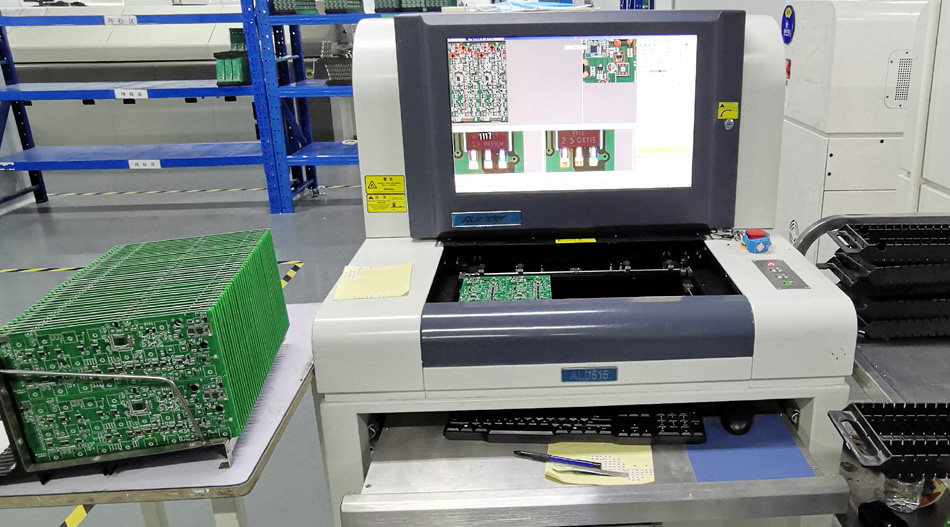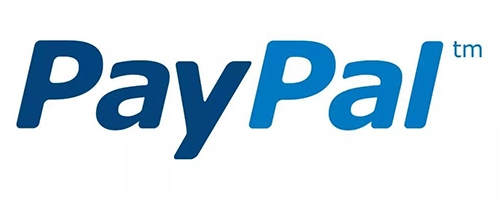- English
- Español
- Português
- русский
- Français
- 日本語
- Deutsch
- tiếng Việt
- Italiano
- Nederlands
- ภาษาไทย
- Polski
- 한국어
- Svenska
- magyar
- Malay
- বাংলা ভাষার
- Dansk
- Suomi
- हिन्दी
- Pilipino
- Türkçe
- Gaeilge
- العربية
- Indonesia
- Norsk
- تمل
- český
- ελληνικά
- український
- Javanese
- فارسی
- தமிழ்
- తెలుగు
- नेपाली
- Burmese
- български
- ລາວ
- Latine
- Қазақша
- Euskal
- Azərbaycan
- Slovenský jazyk
- Македонски
- Lietuvos
- Eesti Keel
- Română
- Slovenski
- मराठी
- Srpski језик
How do Healthcare PCBA factories use AOI inspection to ensure production quality?
2025-11-14
In the PCBA (Printed Circuit Board Assembly) manufacturing process, ensuring product quality is crucial to a company's success. With the advancement of technology, automated optical inspection (AOI) has become a vital tool for improving production quality. This article will explore how PCBA factories use AOI inspection to ensure production quality.

1. Concept and Advantages of AOI Inspection
AOI inspection uses computer vision technology to capture and analyze images of PCBs to identify component placement, soldering quality, and potential defects. Compared to traditional manual inspection, AOI offers several advantages:
High Efficiency: AOI systems can inspect large numbers of PCBs in a very short time, significantly improving production efficiency.
High Precision: Using high-resolution cameras and precise algorithms, AOI can detect even the smallest defects, ensuring product quality.
Real-Time Feedback: AOI systems monitor production lines in real time, identifying and reporting issues promptly, enabling rapid adjustments and resolution.
2. Application of AOI in PCBA Processing
2.1 Incoming Material Inspection
During the initial stages of PCBA processing, AOI can be used to inspect incoming components to ensure they meet specifications. This step, by inspecting component appearance and dimensions, effectively prevents substandard materials from entering the production process.
2.2 In-Process Inspection
A key application of AOI is in-process inspection during the production process. After soldering is completed on a PCB, the AOI system automatically inspects the solder joints, component placement, and polarity to ensure they meet design requirements. If defects are detected, the system immediately issues an alert, preventing substandard products from entering the next process.
2.3 Final Inspection
After production is complete, the AOI system can also perform final inspection to ensure that all products have undergone rigorous testing before shipment. By comparing them with design files, AOI can quickly identify any non-compliant products, ensuring they can be shipped safely.
3. Data Analysis and Improvement
AOI inspection not only identifies problems but also provides valuable data for the production process. After each inspection, the AOI system records the results, including defect type, frequency, and specific location. This data helps factories analyze the root causes of problems, identify weak links in production, and develop appropriate improvement measures.
3.1 Problem Tracing
By analyzing AOI inspection data, factories can quickly trace the source of defects. For example, if a batch of PCBs frequently exhibits defects, factories can compare data to determine whether the cause is improper operation, material problems, or equipment failure.
3.2 Production Optimization
Based on AOI data, factories can optimize production processes. For example, to address issues discovered in a specific soldering process, factories can adjust equipment parameters or strengthen operator training to improve overall production quality.
Conclusion
AOI inspection plays a vital role in PCBA manufacturing, helping factories ensure product quality at every stage. Through efficient and accurate automated inspection, PCBA factories can not only promptly detect and resolve quality issues during production, but also drive continuous improvement through data analysis. With continuous technological advancements, AOI inspection will play an even more important role in future PCBA manufacturing, helping companies remain competitive in the fiercely competitive market.
-
Delivery Service






-
Payment Options









